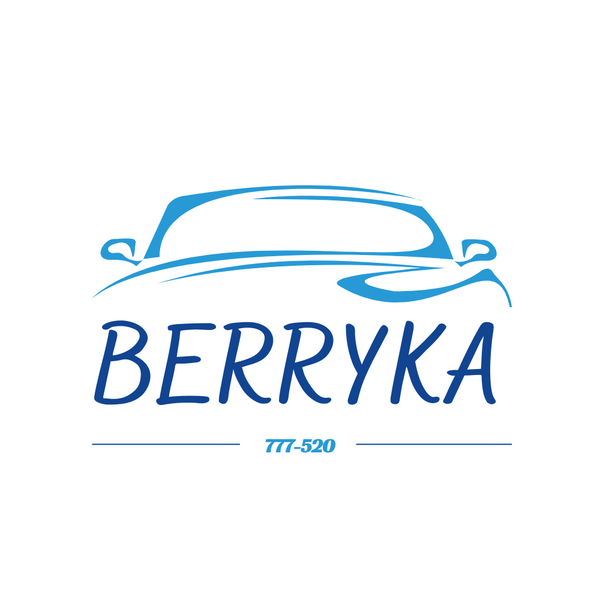
5 Automotive Textile Trends 2025 – Sustainable, Smart, Comfortable
Share
Sustainability, Smart Tech & Comfort
The car cabin has become the new battleground for brand loyalty. Drivers expect interiors that look sharp, feel luxurious, and tread lightly on the planet. Drawing on the latest market data and R&D breakthroughs, here are the five trends reshaping automotive textiles—and how you can ride the wave.
1. Circular & Bio-Based Materials Go Mainstream ♻️
By 2025 recycled PET yarns, chemically-recycled nylon, and plant-based fibers are no longer niche—they’re the default. Analysts project the global automotive-fabrics market will top USD 56 billion by 2035, largely on the back of sustainability mandates and consumer demand for lower-carbon interiors. globenewswire.com
What it means for buyers
-
Recycled polyester headliners and door cards cut CO₂ by up to 30 % compared with virgin fabric.
-
Mushroom-based “mycelium leather” and bio-PU trims satisfy vegan clientele without sacrificing durability.
-
OEMs increasingly request traceability audits, so mills that can supply blockchain-verified yarns win contracts.
2. Lightweight Textiles Boost EV Range ⚡
Every kilogram matters in an electric vehicle. Composite seat fabrics reinforced with basalt or aramid fibers, plus magnesium-frame insert fabrics, are trimming curb weight while keeping comfort levels high. The lightweight-materials market for EV interiors is growing at 9 % CAGR. thebusinessresearchcompany.commeegle.com
Key takeaways
-
Sandwich-weave laminates achieve 20–25 % weight savings versus traditional PVC or thick foam.
-
Lightweight doesn’t mean flimsy—a new class of warp-knit composites matches 60 k flex-fatigue cycles.
-
Less mass = longer range = better WLTP scores for automakers.
3. Smart & Antimicrobial Fabrics Redefine Hygiene 🦠
Post-pandemic awareness has pushed built-in antimicrobial protection from “nice to have” to spec-sheet requirement. Coatings based on chitosan, zinc ions, or silver nanoparticles now last the lifetime of the vehicle, while “smart” seat covers sense occupancy, temperature, and even driver stress. Recent academic work shows self-evolving cockpits that fine-tune climate and massage zones using textile sensors.
Why it matters
-
OEMs can advertise healthier cabins—key for ride-sharing fleets and family cars.
-
Embedded temperature-regulating yarns reduce HVAC energy draw in stop-and-go traffic.
-
Subscription services: imagine paying to unlock lumbar massage woven directly into the seat fabric.
4. Nano-Enhanced Coatings Deliver “Forever Clean” Interiors 🛡️
From coffee spills to UV fade, interiors take a beating. Nano-silica and fluorine-free hydrophobic finishes now provide five-year stain resistance without the environmental baggage of older C-8 chemistries. UV-blocking nanoparticles also slow color shift, extending resale value. Market-watchers tip high-performance coatings to remain a top purchasing criterion through 2028.
Practical gains
-
Up to 40 % cut in warranty claims linked to fabric wear or discoloration.
-
Easy-clean surfaces shorten dealership detailing time—an operational win.
-
Non-halogen flame-retardant additives help meet UNECE R118 Annex 8 without toxic “forever chemicals.”
5. Customization & Luxury Feel—Minus the Guilt 🏁
Personalization sells cars.
On the horizon
-
Micro-batch digital printing enables low-MOQ runs for special editions or ride-hailing brand livery.
-
Layer-dyed fabrics produce subtle color-shifting effects that signal premium quality.
-
Configurators let buyers preview 3D seat renders in real time, driving attachment before the test drive.
Final Thoughts
The interior is where drivers live with a car day in, day out. Fabrics that are lighter, cleaner, smarter, and greener will separate tomorrow’s winners from yesterday’s also-rans. Whether you’re an upholsterer, a boutique EV maker, or a design house, partnering with a forward-thinking mill is essential.
